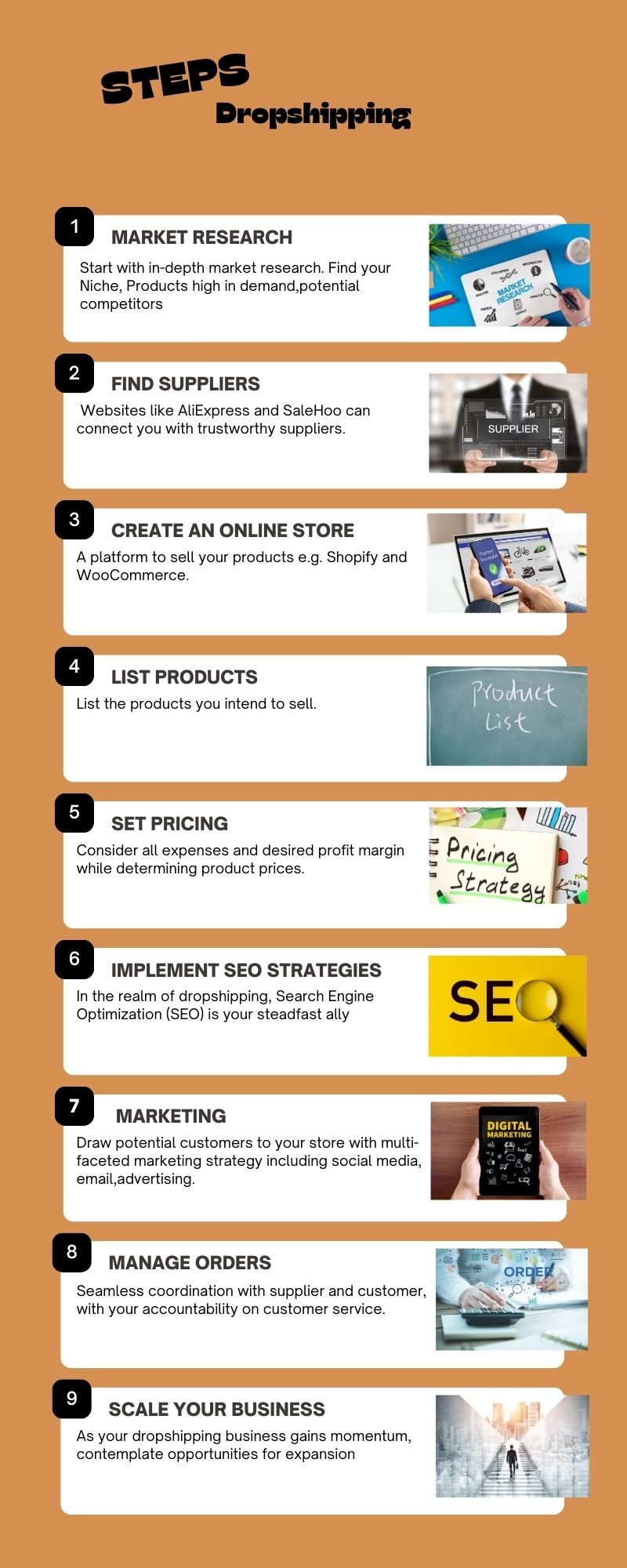
In today’s digital age, the realm of entrepreneurship has expanded beyond traditional brick-and-mortar businesses. One avenue that has gained remarkable momentum is the creation and sale of digital products. In this comprehensive guide, we will explore the world of digital products, their myriad benefits, and how you can tap into this lucrative market.
Understanding Digital Products
Let’s start at the beginning. What exactly are digital products? These are intangible items created and distributed in digital format. Think ebooks, templates, software, online courses, and more. Digital products have revolutionized the way businesses operate and how consumers access valuable content.
Benefits of Creating Digital Products
Now, why should you consider venturing into the realm of digital products? Well, there are several compelling reasons. One standout advantage is the potential for generating passive income. Unlike physical products, digital products can be sold repeatedly without the need for restocking. This means you can earn money while you sleep.
Furthermore, digital products offer unparalleled scalability. Once created, they can be distributed to an infinite number of customers without incurring additional production costs. This scalability can turn a small digital product into a significant income stream.
Finding Your Niche
As with any business venture, success begins with finding your niche. This means identifying a specific market or audience that your digital products will cater to. Choosing the right niche is critical. You’ll want to pick an area that aligns with your expertise and has a demand for digital products.
Research is key here. Tools like keyword research and trend analysis can help you pinpoint a niche with potential. Remember, a well-defined niche will make it easier to create products that resonate with your target audience.
Creating High-Quality Digital Products
Once you’ve chosen your niche, it’s time to dive into product creation. Whether you’re crafting ebooks, designing templates, or developing software, quality is paramount. Your digital products should offer real value to your customers.
The process starts with content creation. Write compelling, informative, and engaging content. If design is involved, ensure it’s visually appealing and user-friendly. Pay attention to technical aspects as well, such as file formats and compatibility.
Platforms and Tools
Now that your digital products are ready, it’s time to consider distribution. There are various platforms and tools designed to facilitate the sale of digital products. Popular choices include platforms like Gumroad, Teachable, and Podia.
These platforms offer a range of features, from customizable storefronts to payment processing. When choosing one, carefully evaluate its suitability for your specific products and target audience.
Marketing Your Digital Products
Creating great digital products is just the beginning. To succeed, you need to get the word out. This is where marketing comes into play. Content marketing, email marketing, social media promotion, and paid advertising can all help drive traffic to your digital product storefront.
Consider leveraging content marketing by creating blog posts, videos, or podcasts that provide value to your audience. Email marketing can be a powerful tool for nurturing leads and converting them into customers. Social media platforms like Instagram and Facebook are excellent for visually showcasing your digital products.
Pricing Strategies
Pricing your digital products is a delicate balancing act. On one hand, you need to cover your costs and make a profit. On the other, you must remain competitive in the market. It’s essential to consider factors like production costs, taxes, and your desired profit margin when setting prices.
Additionally, explore different pricing models, such as one-time purchases, subscriptions, or tiered pricing. The right pricing strategy can significantly impact your revenue.
Customer Support and Feedback
In the world of digital products, customer support is crucial. Promptly address customer inquiries and issues. Excellent customer service can lead to positive reviews, which, in turn, attract more buyers.
Moreover, use customer feedback as a valuable resource for improvement. Their insights can help you enhance your products, leading to increased customer satisfaction and loyalty.
Case Studies and Success Stories
To inspire your journey into the world of digital products, let’s explore some real-life success stories. These entrepreneurs and businesses have harnessed the potential of digital products to achieve financial success and personal fulfillment.
Conclusion
In conclusion, the era of digital products presents boundless opportunities for entrepreneurs and content creators. By understanding what digital products are, recognizing their benefits, selecting the right niche, creating high-quality products, choosing the best distribution platforms, mastering marketing strategies, implementing effective pricing, providing top-notch customer support, and drawing inspiration from successful case studies, you can unlock the power of digital products and embark on a path to entrepreneurial success. Start your digital product journey today and witness the transformative impact it can have on your business and financial future.







